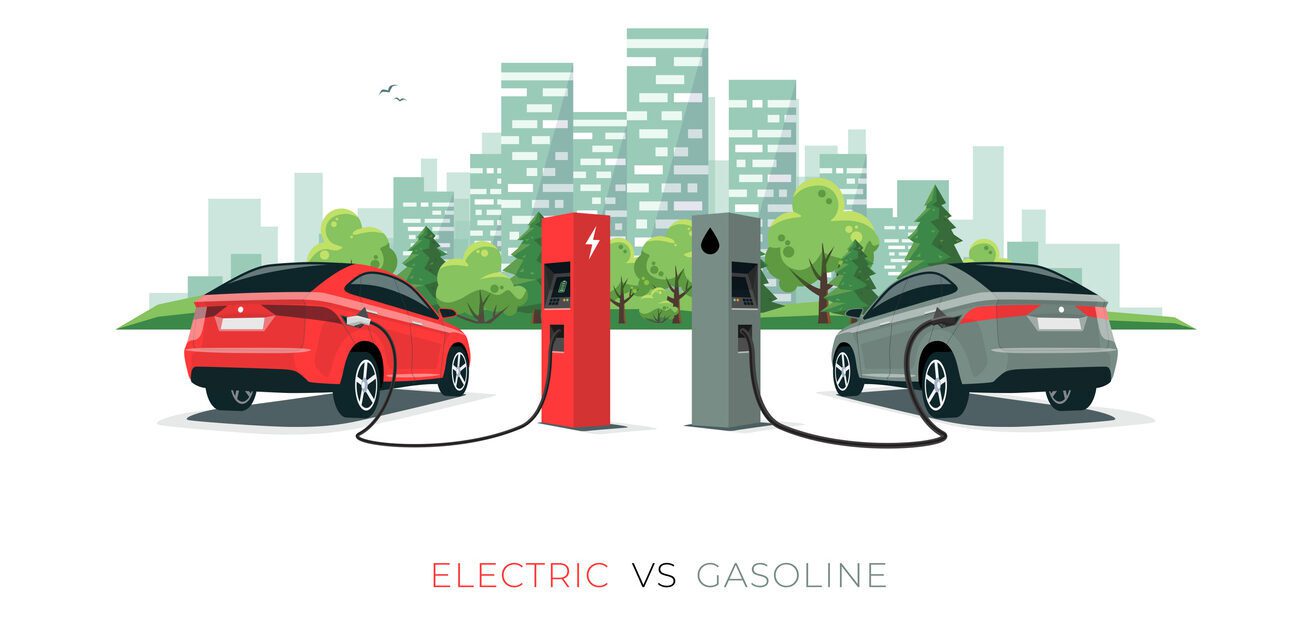Summary
- The debate of Gas vs EV has gained momentum as more EV models are released each quarter
- The initial price of an EV is still higher than Gas, but incentives can nullify a large portion of that
- EVs win out by 65% in mileage costs, while gas powered vehicles still get more mileage of average per fill
- Charging infrastructure is one of the key components of EV adoption, with more and more coming online every week
- The real world analysis is that EVs are getting there, but aren’t quite “there yet” in terms of rivalling gas powered vehicles
- We think that EVs are a most cost-effective vehicle to own in certain situations, with incentives, lower cost per mile, and efficiency all considered
The debate between electric vehicles (EVs) and traditional gas-powered cars has been gaining momentum as more and more manufacturers are releasing their electric or hybrid vehicles in earnest. On top of that, consumers are increasingly prioritizing economic considerations alongside environmental concerns, and to put it simply, are looking for “the best bang for the buck.”
What is central to this debate is the actual average cost of ownership of an EV, compared to the known average cost of owning a gas-powered vehicle, and that is what we will be investigating today.
No Subscription? You’re missing out
Get immediate ad-free access to all our premium content.
Get Started

